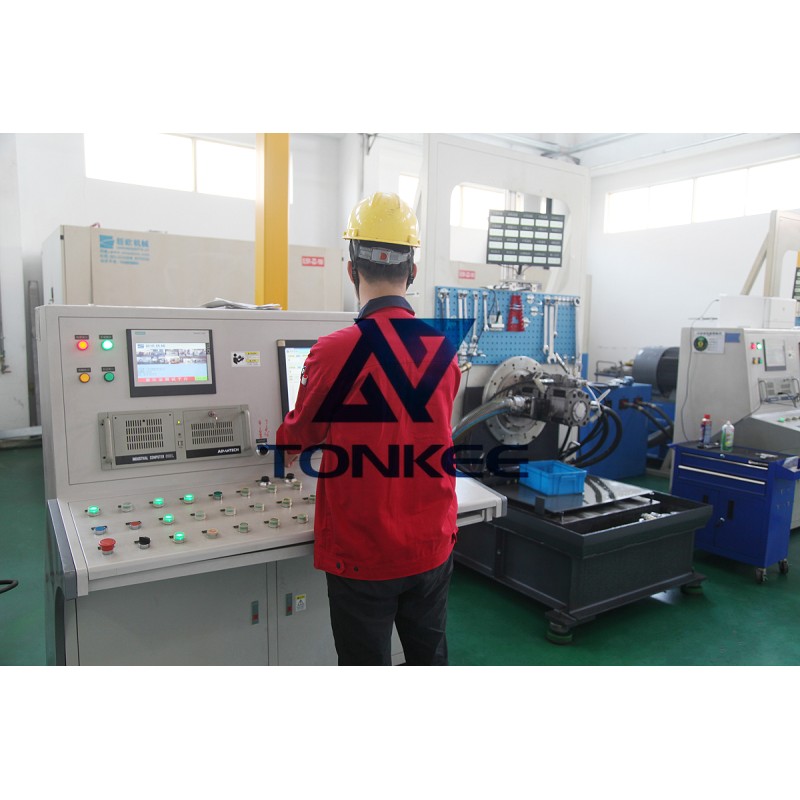
Hydraulic pumps are vital components in various industrial applications, providing the necessary power to drive hydraulic systems.
OEMs are constantly striving to enhance the performance, efficiency, and durability of hydraulic pumps to meet the evolving requirements of end-users. In the aftermarket, where replacement parts are supplied for existing equipment, OEMs are introducing new specifications to ensure compatibility, improved performance, and increased lifespan.
One of the primary focuses of new OEM aftermarket specifications is efficiency. OEMs are designing hydraulic pumps that maximize energy utilization, reducing power losses and optimizing system performance. These new pumps incorporate advanced technologies such as variable displacement control, load-sensing mechanisms, and efficient internal components. By improving efficiency, OEMs aim to minimize energy consumption, reduce operating costs, and contribute to environmental sustainability.
Another important aspect of the new OEM aftermarket specifications is reliability. Hydraulic pumps are subjected to demanding conditions and rigorous usage, necessitating robust construction and enhanced durability. OEMs are utilizing high-quality materials, precision manufacturing techniques, and rigorous testing procedures to ensure that their pumps meet stringent reliability standards. These specifications focus on reducing the risk of pump failures, increasing overall system uptime, and minimizing maintenance requirements.
Furthermore, OEM aftermarket specifications address the need for adaptability and versatility. Industrial applications often require hydraulic pumps to operate in diverse operating conditions, handle varying loads, and integrate with different systems. OEMs are developing pumps with adjustable settings, modular designs, and flexible mounting options to cater to a wide range of applications. These specifications enable end-users to select pumps that best suit their specific requirements and simplify the replacement process.
In addition to performance and adaptability, OEM aftermarket specifications also emphasize safety.
Hydraulic systems operate under high pressures, and any failures or malfunctions can pose significant risks to personnel and equipment. OEMs are incorporating safety features such as pressure relief valves, overheat protection mechanisms, and advanced monitoring systems into their hydraulic pumps. These specifications aim to ensure safe operation, prevent accidents, and comply with industry safety standards.
The OEM aftermarket is also focusing on compatibility with existing equipment and ease of installation. Hydraulic pumps are often replaced as part of maintenance or repair activities, and it is essential for the new pumps to seamlessly integrate with the existing system. OEMs are providing detailed installation guidelines, standardized mounting options, and compatibility information to facilitate smooth replacements. By addressing compatibility concerns, OEMs aim to minimize downtime and streamline the maintenance process for end-users.



 English
English Türkçe
Türkçe


